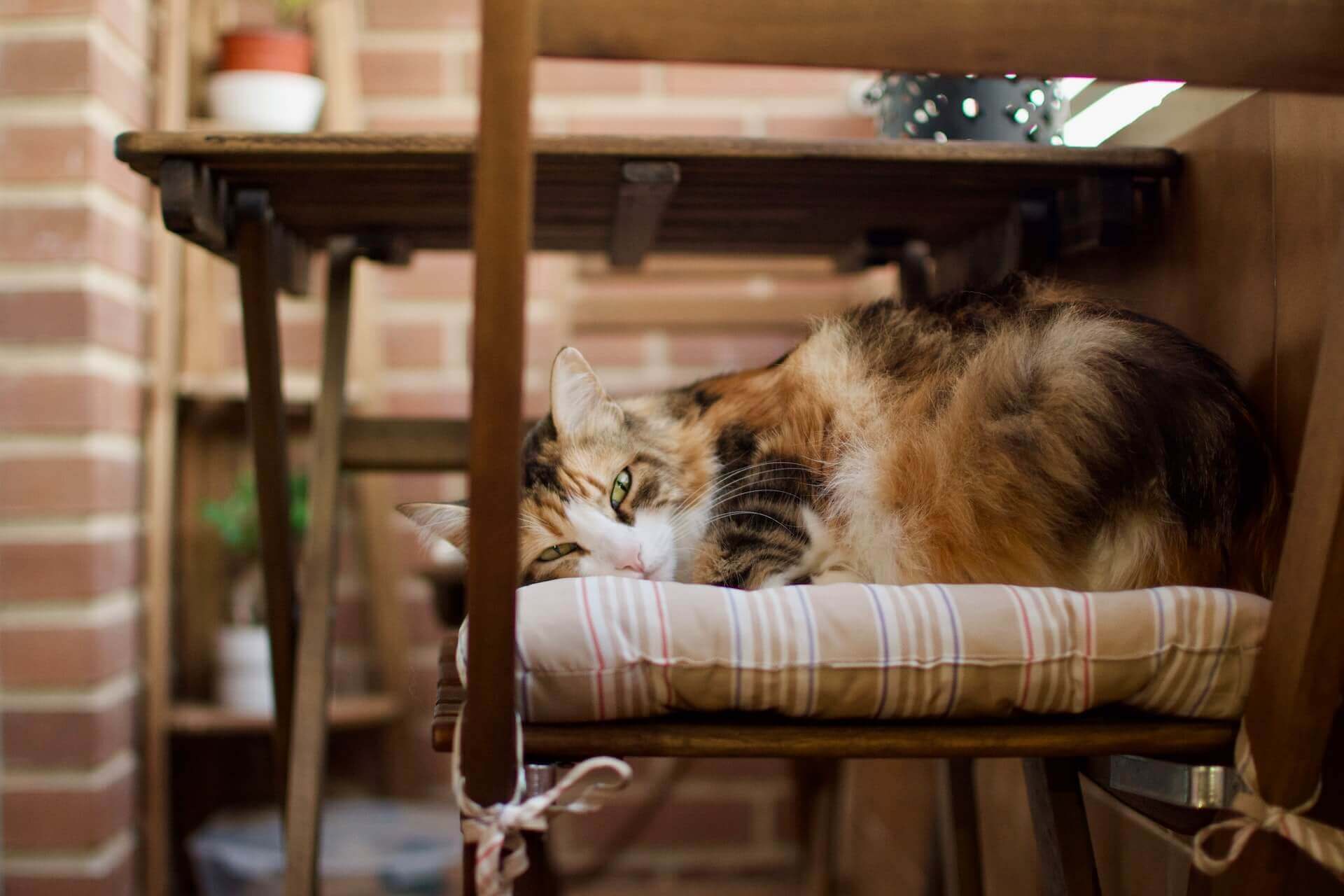

Articles
How To Keep Cats Off Your Porch Furniture
Modified: January 9, 2024
Discover effective techniques and strategies in our articles for keeping cats away from your porch furniture. Say goodbye to scratches and unwanted hair on your outdoor seating.
(Many of the links in this article redirect to a specific reviewed product. Your purchase of these products through affiliate links helps to generate commission for Storables.com, at no extra cost. Learn more)
Introduction
Having a porch is a wonderful addition to any home. It provides a space for relaxation and enjoyment, whether you’re sipping your morning coffee, reading a good book, or entertaining friends. However, one common issue that many porch owners face is the presence of cats on their porch furniture. While cats may be cute and cuddly, their playful nature and sharp claws can quickly damage your cherished outdoor furniture. Moreover, it can be frustrating to constantly find cat hair and paw prints on your cushions.
In this article, we will explore the reasons why cats are attracted to porch furniture and discuss effective methods to keep them off. From natural deterrents to physical barriers and even training techniques, we’ll provide you with a range of options to choose from based on your preferences and needs.
Before we dive into the solutions, it’s important to understand why cats are drawn to porch furniture in the first place. Cats are naturally curious and love exploring new environments. Your porch furniture, with its soft cushions and cozy corners, may seem like the perfect place for a cat to rest or play. Additionally, the height and elevation of the furniture can offer them a sense of security, allowing them to observe their surroundings and feel safe.
Another reason cats may be attracted to your porch furniture is the presence of other small animals, such as birds or squirrels, that visit your porch. Cats are hunters by nature, and the opportunity to observe potential prey can be enticing for them.
Now that we understand why cats are drawn to porch furniture, let’s explore some effective methods to keep them off.
Key Takeaways:
- Understanding why cats are attracted to porch furniture
Cats are drawn to porch furniture due to soft surfaces, elevated positions, scent markers, and their natural curiosity. Addressing these factors can help effectively deter them from your outdoor seating areas. - Using scents and physical barriers to repel cats
Utilize natural deterrents like citrus and herbs, along with physical barriers such as cat-proof covers and aluminum foil, to create an unappealing environment for cats. These methods can help protect your porch furniture from feline interference.
Read more: How To Keep Cats Off Your Patio Furniture
Understanding why cats are attracted to porch furniture
As mentioned earlier, there are a few reasons why cats find porch furniture appealing. Understanding these reasons can help us address the issue more effectively.
Firstly, cats are attracted to soft and cozy surfaces. Porch furniture, with its plush cushions and comfortable seating, provides the perfect lounging spot for a cat. The cushions may offer warmth and a sense of security, which cats find comforting.
Secondly, cats love to be in elevated positions. It allows them to have a wider view of their surroundings and keep a watchful eye on potential prey or other animals. Porch furniture, being raised off the ground, provides cats with a perfect vantage point. They can easily climb onto the furniture and bask in the sunlight while surveying their surroundings.
Another reason cats are attracted to porch furniture is the presence of scent markers. Outdoor furniture that has been used for a while may have residual smells from other animals or even cats themselves. Cats have a highly developed sense of smell and are drawn to these scents, as it signals territory and familiarity. They may feel more comfortable and inclined to claim the furniture as their own.
It’s also important to note that cats are naturally curious creatures. They enjoy exploring new environments and investigating different objects. Porch furniture, with its cushions, nooks, and crannies, presents an intriguing and enticing space for cats to explore, play, and even nap.
Understanding these factors can help us come up with effective strategies to deter cats from our porch furniture. By addressing the underlying reasons why cats are attracted to the furniture, we can provide alternative options that are more cat-friendly and discourage them from using our cherished outdoor seating areas.
Methods to deter cats from your porch furniture
Now that we understand why cats are attracted to porch furniture, let’s explore some effective methods to keep them off. There are several approaches you can take to deter cats, ranging from natural deterrents to training techniques.
Natural deterrents: Cats have a strong sense of smell, and certain scents are known to repel them. One natural deterrent is citrus. Cats dislike the smell of citrus fruits such as oranges, lemons, and grapefruits. You can place citrus peels around your porch furniture or use citrus-scented sprays to create an unpleasant aroma for cats.
Another effective natural deterrent is the use of certain plants. Cats dislike the smell of lavender, rosemary, and rue. Planting these herbs around your porch or using essential oils derived from them can help deter cats. However, it’s essential to ensure that these plants are non-toxic to cats.
Physical barriers: Creating obstacles can be an effective way to keep cats off your porch furniture. One option is to use cat-proof covers for your cushions. These covers are made of materials that cats find uncomfortable to scratch or sit on. Additionally, you can use double-sided tape or aluminum foil on the furniture’s surfaces. Cats find the sticky texture of the tape or the crinkling sound of the foil unappealing, and they are less likely to jump onto the furniture.
Another physical barrier is to set up a deterrent spray system. These systems use motion sensors to detect when a cat approaches the furniture and spray a harmless, but unpleasant, burst of water or air. This sudden spray can startle cats and discourage them from coming near the furniture.
Ultrasonic devices: Ultrasonic devices emit high-frequency sound waves that are inaudible to humans but can be unpleasant to cats. These devices can be placed strategically around your porch furniture, and when a cat comes within range, it will activate and emit a sound that will deter the cat. It’s important to note that some cats may become accustomed to the sound over time, so it’s advisable to change the device’s position occasionally.
Training your own cat: If you have a cat of your own that likes to use the porch furniture, you can train them to stay off. Use positive reinforcement techniques, such as treats or praise, when your cat avoids the furniture and redirects them to a more appropriate area, such as a scratching post or a designated cat bed. Consistency and patience are key when training your cat, and it may take some time for them to understand and adhere to the new rules.
By implementing these methods, you can effectively deter cats from your porch furniture and create a space that is cat-free, comfortable, and enjoyable for everyone.
Natural deterrents
When it comes to keeping cats off your porch furniture, natural deterrents can be a humane and effective solution. These methods use scents and plants to create an unpleasant environment for cats, discouraging them from approaching or settling on your furniture.
Citrus: Cats are known to have a strong aversion to citrus scents. The smell of citrus fruits such as oranges, lemons, and grapefruits can be quite repulsive to them. You can take advantage of this by placing citrus peels around your porch furniture or using citrus-scented sprays. Refresh the peels or spray regularly to maintain the scent. This can help create a natural barrier and keep cats away.
Herbs: Certain herbs also have a strong smell that cats dislike. One such herb is lavender. You can plant lavender near your porch or use lavender-scented essential oils to keep cats at bay. Rosemary and rue are other herbs that cats tend to avoid. By incorporating these plants into your porch décor, you not only add beauty but also create a natural deterrent for cats.
Bitter substances: Cats have sensitive taste buds. Applying bitter substances to your porch furniture can discourage them from exploring or settling on it. Citronella oil or a bitter apple spray can be applied to the furniture, creating a taste that cats find unpleasant. However, be sure to test these substances on a small, inconspicuous area of your furniture first to ensure they do not damage the material.
Aluminum foil: Cats dislike the texture and sound of aluminum foil. By covering your porch furniture with aluminum foil, you create an uncomfortable surface that cats are less likely to scratch or sit on. Secure the foil firmly so it doesn’t blow away in the wind.
Ultrasonic devices: While not a natural deterrent in the traditional sense, ultrasonic devices emit high-frequency sound waves that are unpleasant to cats but inaudible to humans. These devices can be placed around your porch furniture, and when a cat comes near, the sensor activates, emitting a sound that discourages the cat from staying. Ultrasonic devices are safe to use and can be effective in keeping cats away from your furniture.
It’s important to remember that different cats may have different sensitivities, so what works as a deterrent for one cat may not have the same effect on another. The key is to experiment with different natural deterrents and find the ones that work best for your situation. Additionally, it’s crucial to use safe and non-toxic options to ensure the well-being of both cats and your porch furniture.
By utilizing natural deterrents, you can create an environment that is unappealing to cats, reducing their inclination to disturb your porch furniture and helping to maintain a clean and comfortable outdoor space for you and your guests to enjoy.
Using scents to repel cats
Cats have a strong sense of smell, and certain scents can be highly effective in repelling them from your porch furniture. By strategically using specific scents that cats find unpleasant, you can create a natural barrier that deters them from approaching or settling on your furniture.
Citrus: Cats are known to dislike the smell of citrus fruits such as oranges, lemons, and grapefruits. The acidic and tangy aroma of citrus is quite off-putting to them. You can take advantage of this aversion by incorporating citrus scents into your outdoor space. Place citrus peels around your porch furniture or use citrus-scented sprays to create a deterrent. Refresh the peels or spray regularly to maintain the scent potency.
Vinegar: Vinegar is another scent that cats tend to avoid. Its strong and pungent odor can help keep cats away from your porch furniture. Mix equal parts white vinegar and water and fill a spray bottle with the solution. Spray it on or around your furniture to create an unpleasant scent barrier. Just be cautious when spraying vinegar on delicate materials, as it may cause discoloration or damage.
Lavender: While lavender is a scent that humans find soothing, cats have a different reaction to it. Cats have a natural aversion to the smell of lavender, making it an effective deterrent. Plant lavender near your porch or use lavender-scented essential oils to keep cats at bay. You can also create sachets or pouches filled with dried lavender and place them strategically around your furniture.
Pepper: The spicy and pungent aroma of pepper can be highly unpleasant for cats. Sprinkling cayenne pepper or black pepper around your porch furniture can help deter cats from approaching. Be cautious about applying pepper directly to the furniture’s surface, as it may affect certain materials. Use this method with care and ensure that it doesn’t come into contact with any sensitive areas.
Mint: Mint is another scent that cats find unappealing. The refreshing and aromatic smell of mint can help repel cats from your porch furniture. Plant mint in pots around your porch or scatter mint leaves near the furniture. You can also use mint-scented sprays or oils to create a deterrent. However, keep in mind that mint can be invasive, so it’s best to contain it in pots or designated areas.
When using scents as deterrents, it’s important to rotate or refresh them regularly. Cats can become accustomed to certain smells over time, so switching up the scents will help maintain their effectiveness. Additionally, be mindful of the specific needs and preferences of your porch furniture, ensuring that the scents you use do not cause any damage or discoloration.
By utilizing scents that repel cats, you can create an unfriendly environment for them and protect your porch furniture from their potential damage. Remember to explore different scent options and find the ones that work best for you and your space.
Place aluminum foil, double-sided tape, or citrus-scented sprays on your porch furniture to deter cats from jumping on it. Cats dislike the texture and smell, and will likely avoid the area.
Read more: How To Keep Cat Off Furniture
Creating physical barriers
Creating physical barriers is an effective way to keep cats off your porch furniture. By making it difficult for them to access the furniture, you can deter them from scratching, shedding, or leaving paw prints on your cherished outdoor seating area. There are several options you can consider when it comes to creating physical barriers:
Cat-proof covers: Investing in cat-proof covers for your porch furniture can help protect it from cat damage. These covers are made of materials that cats find uncomfortable to scratch or sit on. Look for covers that have a texture cats dislike, such as materials with a plastic or prickly surface. Ensure that the covers fit securely on your furniture and are designed for outdoor use.
Double-sided tape: Cats dislike the sticky texture of double-sided tape. By applying strips of double-sided tape to your furniture’s surfaces, you create an unpleasant sensation when cats try to scratch or climb onto it. However, be aware that the tape can leave residue on your furniture, so it’s best to test it on a small area first and clean the surface thoroughly when removing it.
Aluminum foil: The reflective nature and crinkling sound of aluminum foil can deter cats from jumping on your porch furniture. Cover the cushions or surfaces of your furniture with aluminum foil, securing it tightly. Cats find the texture and sound of the foil uncomfortable, and they are less likely to approach or settle on your furniture.
Barriers and netting: Consider installing physical barriers around your porch to limit access for cats. This can include setting up tall garden fences, lattice panels, or netting around the perimeter of your porch. Ensure that the barriers are sturdy and securely installed to prevent cats from climbing or jumping over them. This method not only keeps cats off your furniture but also helps create a cat-free zone in your porch area.
Scat mats: Scat mats are a type of mat that emits a mild electric pulse when a cat touches it, creating a deterrent. They provide a harmless static shock that cats find unpleasant, encouraging them to stay away from the area. Place scat mats on your porch furniture to prevent cats from getting on it. However, it’s important to use scat mats responsibly and ensure that they are safe for both cats and the furniture’s material.
When creating physical barriers, it’s crucial to strike a balance between protecting your furniture and maintaining the aesthetic appeal of your porch. Choose barrier options that are effective yet blend well with your outdoor décor. Additionally, ensure that the materials you use are safe for both cats and your furniture, taking into consideration any potential harm or damage they may cause.
By implementing these physical barriers, you can significantly reduce the likelihood of cats accessing your porch furniture and help preserve its condition for years to come.
Ultrasonic devices as a deterrent
Ultrasonic devices are a popular and effective method to deter cats from your porch furniture. These devices emit high-frequency sound waves that are inaudible to humans but can be quite unpleasant for cats. By using ultrasonic devices, you can create a deterrent that encourages cats to stay away from your furniture.
Ultrasonic devices work by detecting the presence of cats through motion sensors. When a cat approaches your porch furniture, the sensors activate, and the device emits a high-frequency sound that cats find uncomfortable. As cats are highly sensitive to sound, the ultrasonic waves can be quite effective in discouraging them from getting close to the furniture.
There are a variety of ultrasonic devices available on the market, ranging from standalone units to those that can be mounted or placed strategically around your porch furniture. These devices typically have adjustable settings that allow you to control the frequency and range of the sound waves.
When using ultrasonic devices as deterrents, there are a few considerations to keep in mind:
- Positioning: Place the ultrasonic device in a location that covers the area where the cats are accessing your porch furniture. Consider the range of the device and make sure it can effectively cover the desired space.
- Range adjustment: Most ultrasonic devices have a range adjustment feature. You can set the device to a specific range that matches the distance between the device and the furniture. This ensures that the sound waves are targeted specifically towards the cats approaching the furniture.
- Maintenance: Ultrasonic devices usually run on batteries or electricity. Make sure to check and replace batteries or keep the device connected to a power source to ensure it functions properly. Regular maintenance and inspection will ensure that the device continues to effectively discourage cats from your furniture.
- Effectiveness: While ultrasonic devices can be highly effective, it’s important to note that some cats may become accustomed to the sound over time. To maintain the device’s effectiveness, consider changing its position occasionally or using different frequency settings.
Ultrasonic devices offer a humane and safe way to deter cats from your porch furniture. They are non-toxic and do not cause harm to cats or other animals. However, it’s important to keep in mind that some cats may be less affected by ultrasonic sounds, while others may be more sensitive. It may require some trial and error to find the right frequency and positioning that effectively deters the cats in your specific situation.
By using ultrasonic devices as deterrents, you can protect your porch furniture and create an environment that is less appealing to cats. Coupled with other methods such as physical barriers or natural deterrents, ultrasonic devices can be a valuable tool in maintaining a cat-free space on your porch.
Training your own cat to stay off porch furniture
If you have a cat of your own that likes to use your porch furniture, you can train them to stay off and use more appropriate areas instead. Training your cat requires patience, consistency, and positive reinforcement techniques. By providing them with alternative options and rewarding desired behavior, you can redirect your cat’s attention away from the porch furniture.
Provide alternative options: Cats have natural instincts to scratch, climb, and lounge. To keep them from using your porch furniture, it’s important to provide them with alternative areas that fulfill these instincts. Invest in a scratching post or cat tree and place it near the porch. Encourage your cat to use these designated areas by using toys, treats, or catnip to attract their attention.
Positive reinforcement: Positive reinforcement is a powerful tool in training cats. Whenever your cat avoids the porch furniture and uses the designated area instead, reward them with praise, treats, or playtime. Cats respond well to positive feedback, and they will be more likely to repeat the behavior that earns them rewards.
Redirect their attention: When you notice your cat heading towards the porch furniture, redirect their attention to a more appropriate area. Use toys or engage them in interactive play sessions to distract them from the furniture. Providing them with an alternative outlet for their energy can help discourage them from using the porch furniture.
Make the furniture unappealing: Cats are sensitive to textures. Make the porch furniture unappealing by placing double-sided tape or aluminum foil on the surfaces. Cats dislike the sticky feeling of the tape and the crinkling sound of the foil, which can discourage them from jumping on the furniture. Over time, your cat will learn to associate the furniture with these unpleasant textures.
Use deterrent sprays: There are cat deterrent sprays available on the market that emit scents that cats find unpleasant. Spray these deterrents on the porch furniture to create an unpleasant aroma for your cat. Be sure to use a cat-safe spray and follow the instructions carefully. The unpleasant smell can help deter your cat from approaching or settling on the furniture.
Consistency is key when training your cat. Establish clear boundaries and consistently reinforce the desired behavior. It may take time for your cat to fully understand and adhere to the training, so be patient and persistent. Repeat the training sessions regularly to reinforce the desired behavior and maintain consistency.
Remember, it’s important to approach the training process in a positive and gentle manner. Punishment or harsh methods can lead to fear or anxiety in your cat, which can have the opposite effect on their behavior. Focus on rewarding and reinforcing the behavior you want to see rather than punishing what you don’t want.
By using these training techniques, you can effectively teach your cat to stay off the porch furniture and redirect their attention to more suitable areas. Enjoying your porch without the presence of your cat on the furniture will not only preserve the furniture but also create a peaceful and comfortable space for everyone to enjoy.
Conclusion
Dealing with cats on your porch furniture can be a frustrating issue, but with the right methods and techniques, you can effectively deter them and maintain a cat-free outdoor space. By understanding why cats are attracted to your furniture and addressing those underlying factors, you can implement strategies that discourage their presence.
Natural deterrents, such as citrus scents, herbs like lavender and rosemary, and bitter substances, can create an unappealing environment for cats. Use these scents strategically and rotate them to maintain their effectiveness. Physical barriers, such as cat-proof covers, double-sided tape, or aluminum foil, can make it difficult for cats to access your furniture. Ensure these barriers are safe for your furniture and visually blend in with your outdoor decor.
Ultrasonic devices emit high-frequency sound waves that cats find unpleasant, providing a barrier that discourages their approach. Position the devices strategically and make necessary adjustments to maintain their effectiveness over time.
If you have a cat of your own that likes to use the porch furniture, training techniques such as providing alternative options, positive reinforcement, redirecting their attention, and making the furniture unappealing can help them break the habit and use more appropriate areas.
Remember to approach the training process with patience and consistency, using positive reinforcement methods rather than punishment. Training your cat takes time, but with dedication and reward-based techniques, you can achieve the desired behavior and keep your porch furniture free from their presence.
In conclusion, by combining natural deterrents, physical barriers, ultrasonic devices, and training techniques, you can successfully keep cats off your porch furniture. Create a comfortable and inviting outdoor space where you can enjoy your porch without worrying about cat hair, scratches, or other potential damage. With these strategies, you can reclaim your porch and make it a peaceful retreat for yourself and your guests to enjoy.
Frequently Asked Questions about How To Keep Cats Off Your Porch Furniture
Was this page helpful?
At Storables.com, we guarantee accurate and reliable information. Our content, validated by Expert Board Contributors, is crafted following stringent Editorial Policies. We're committed to providing you with well-researched, expert-backed insights for all your informational needs.
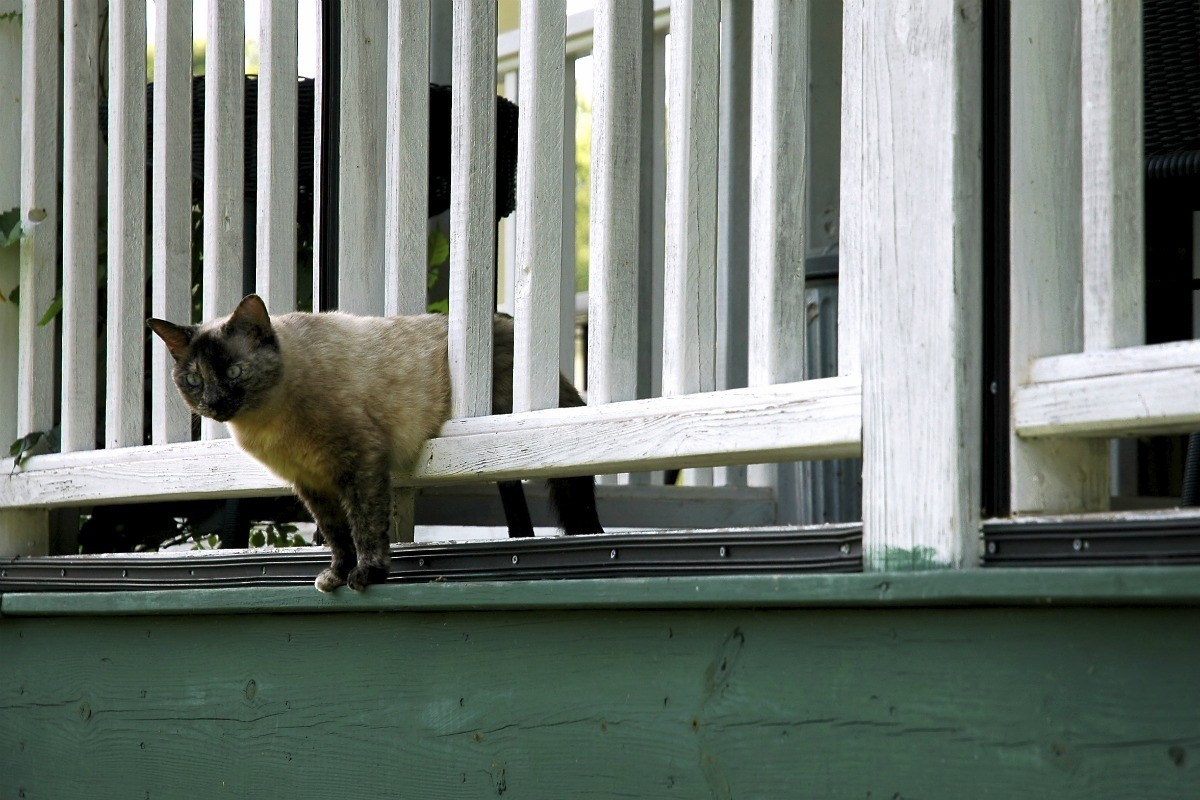
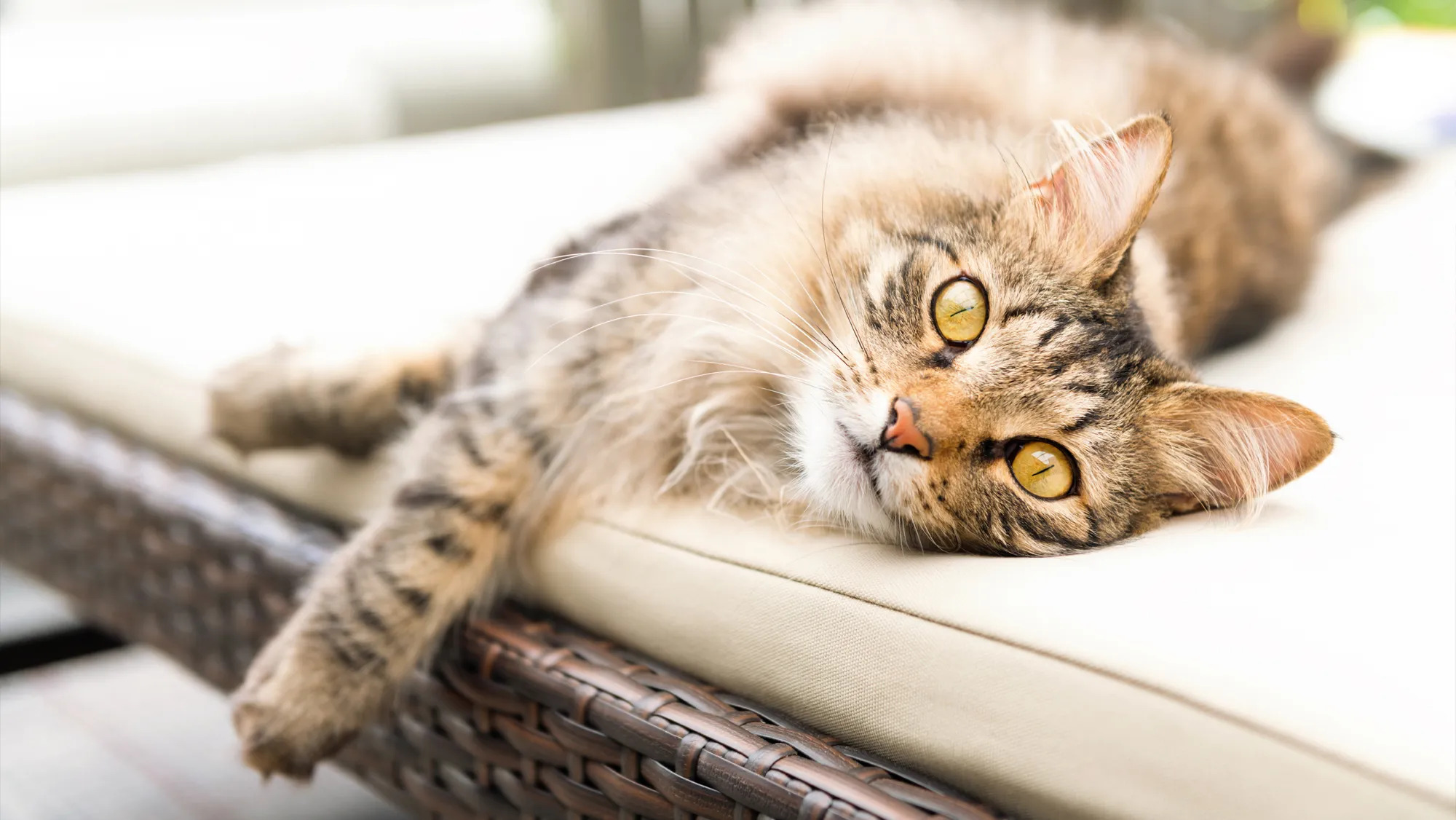
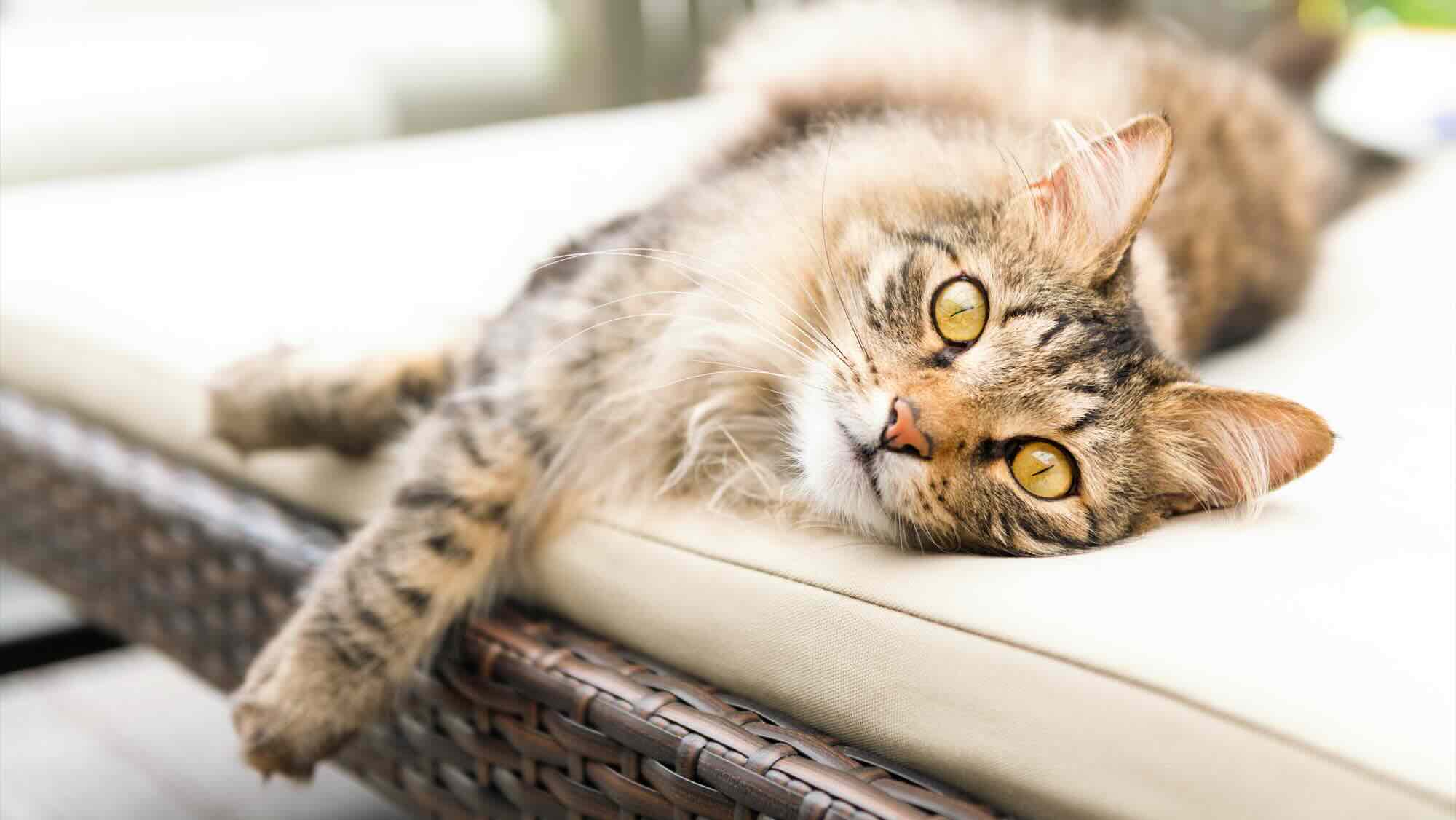
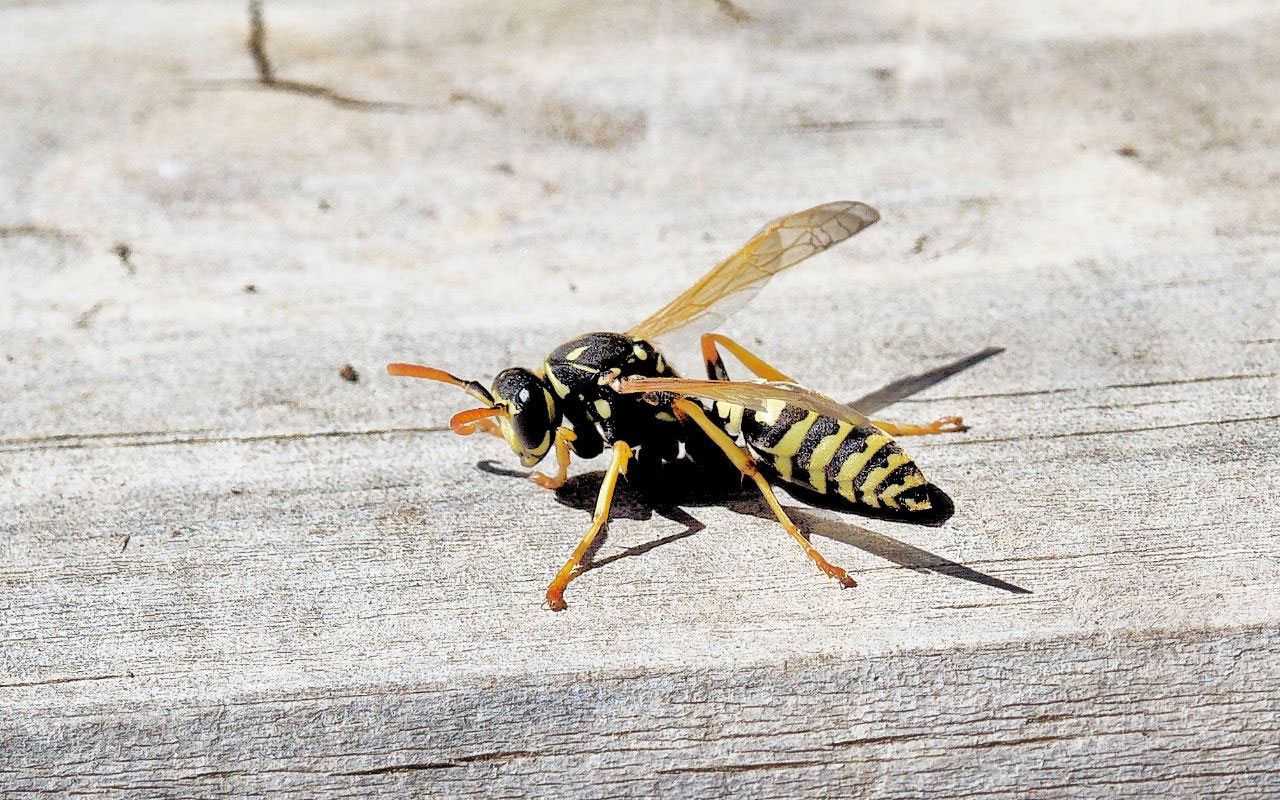
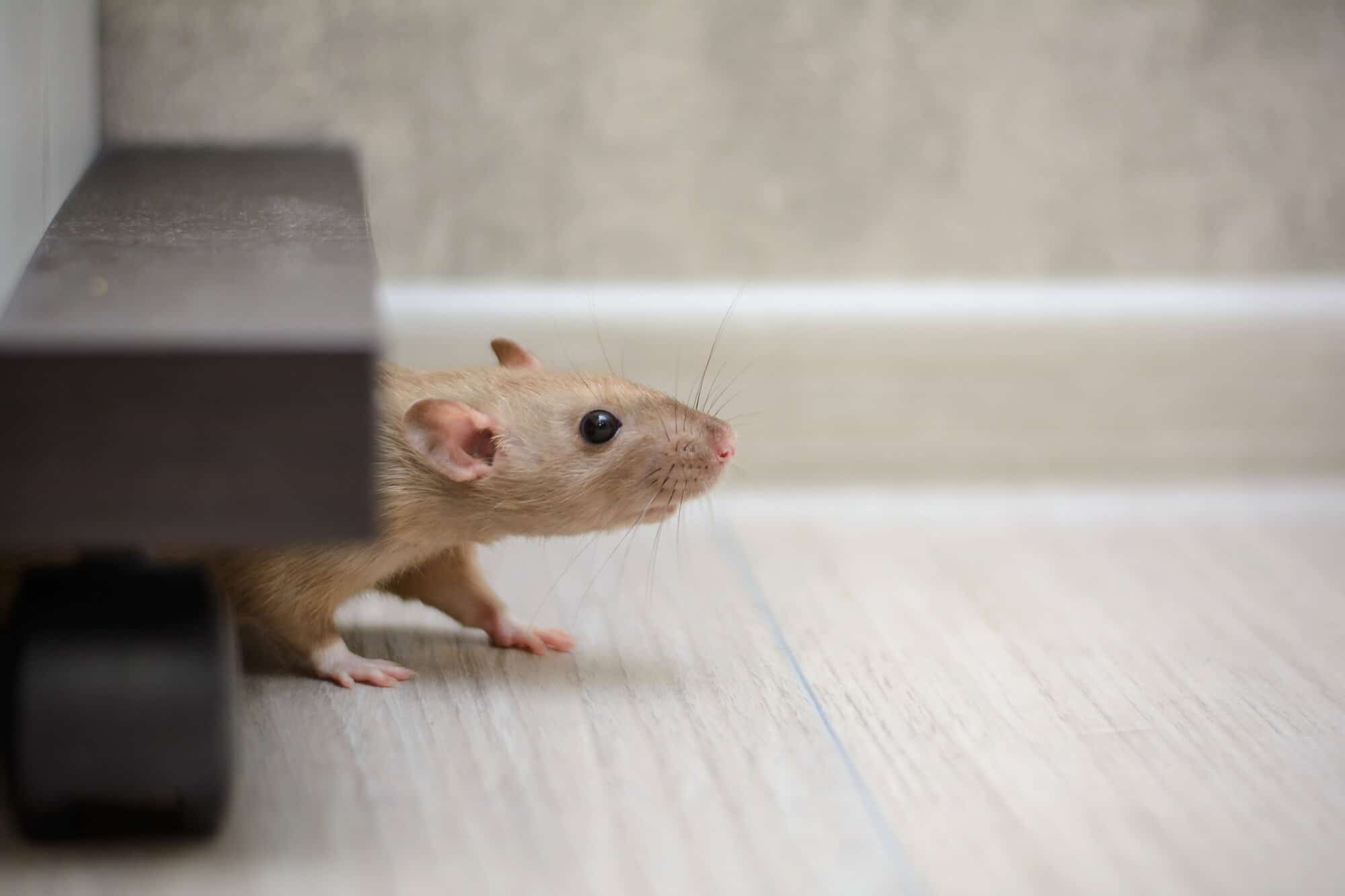
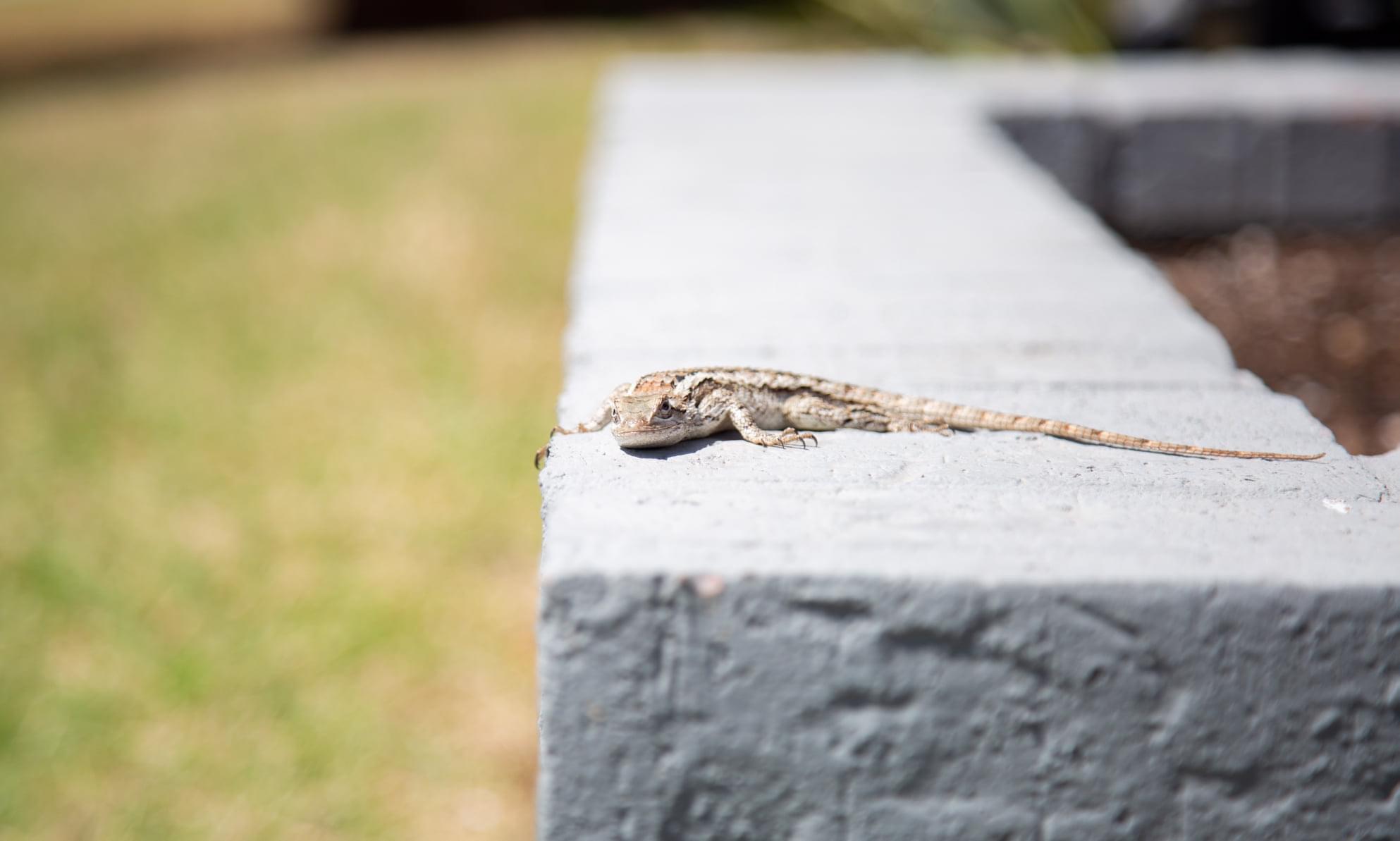
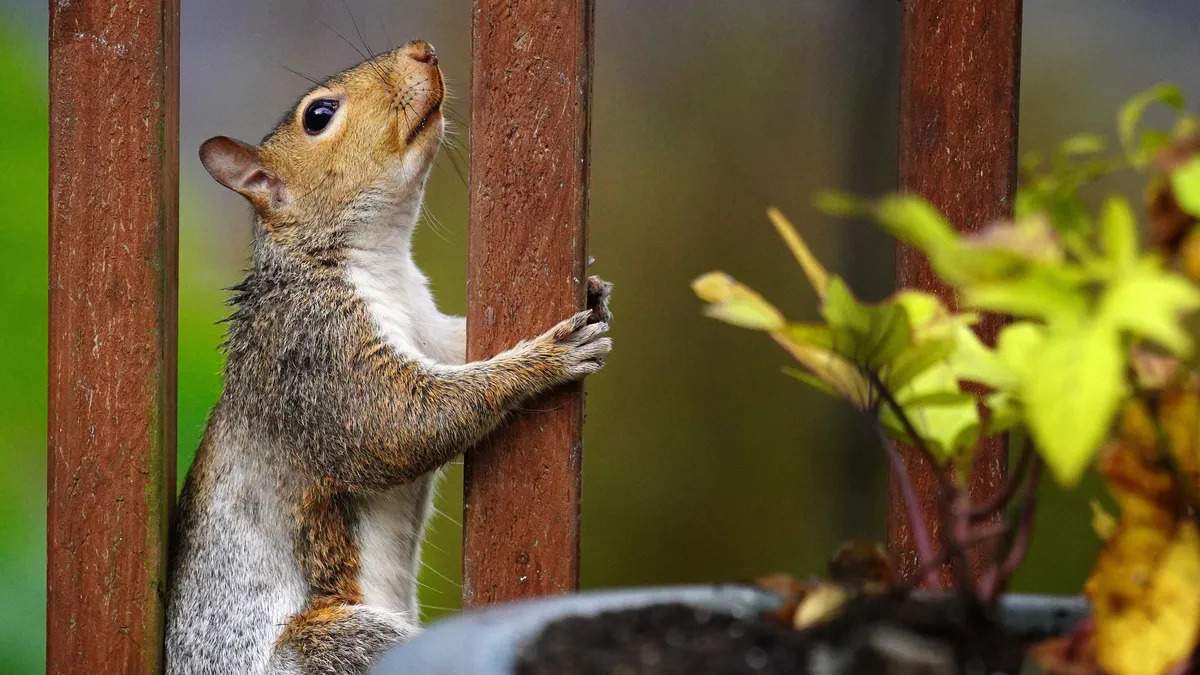
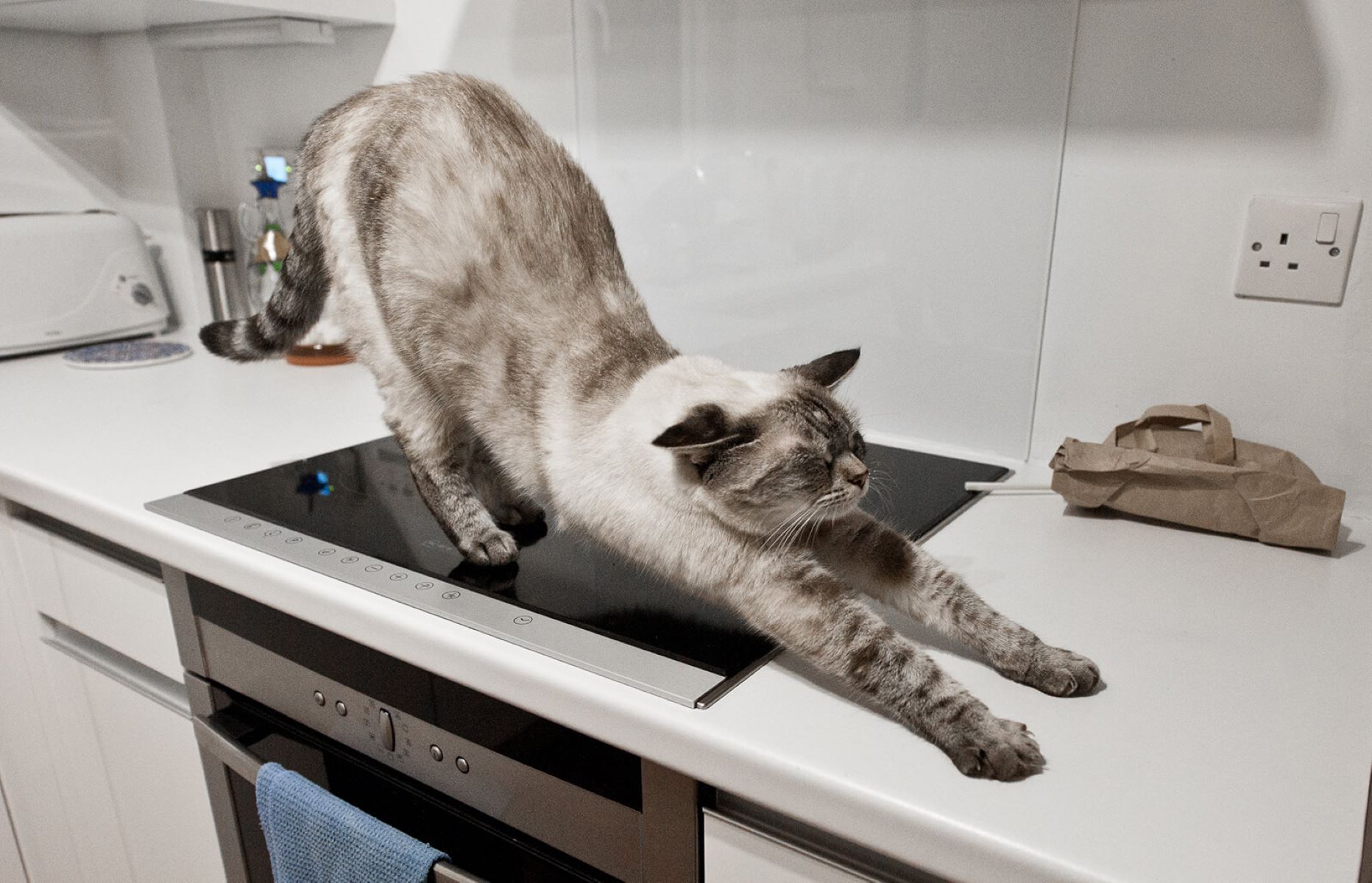
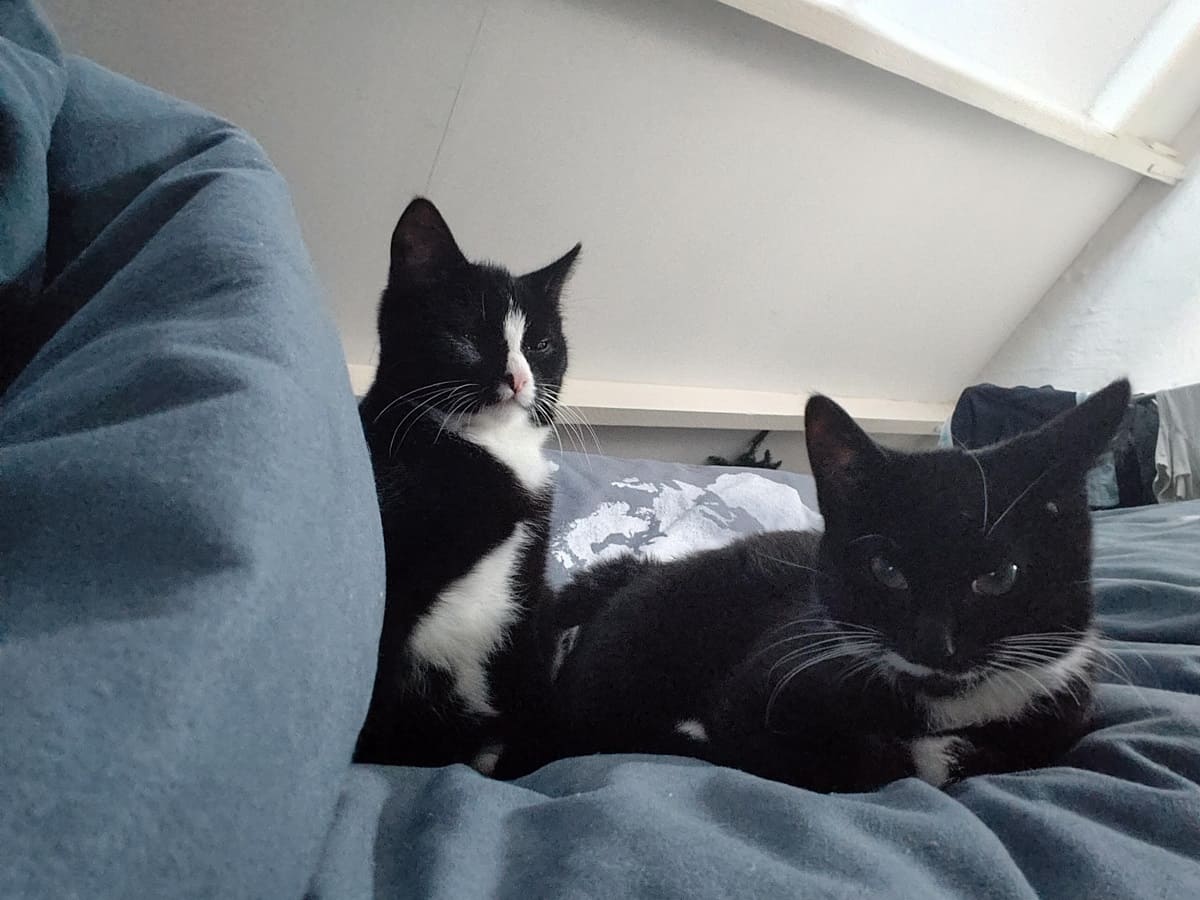


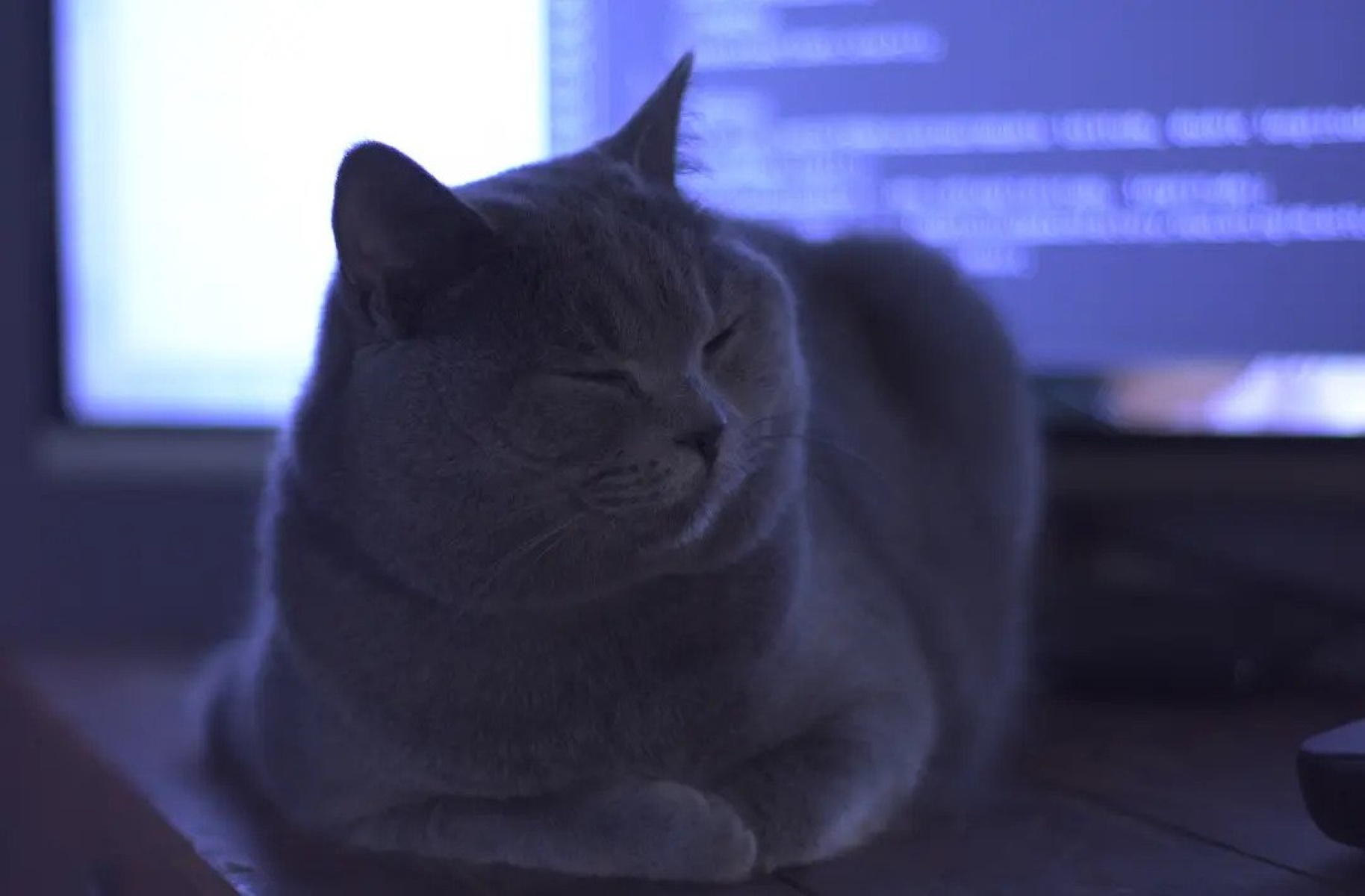
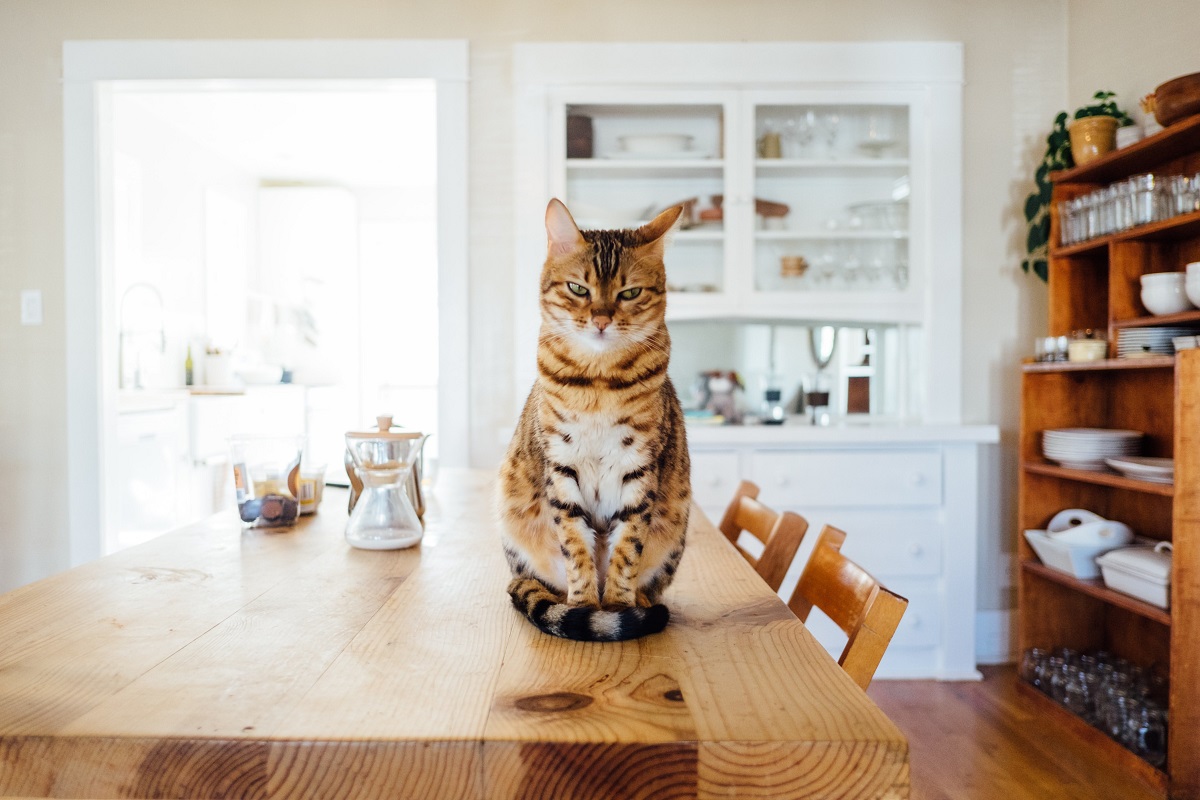
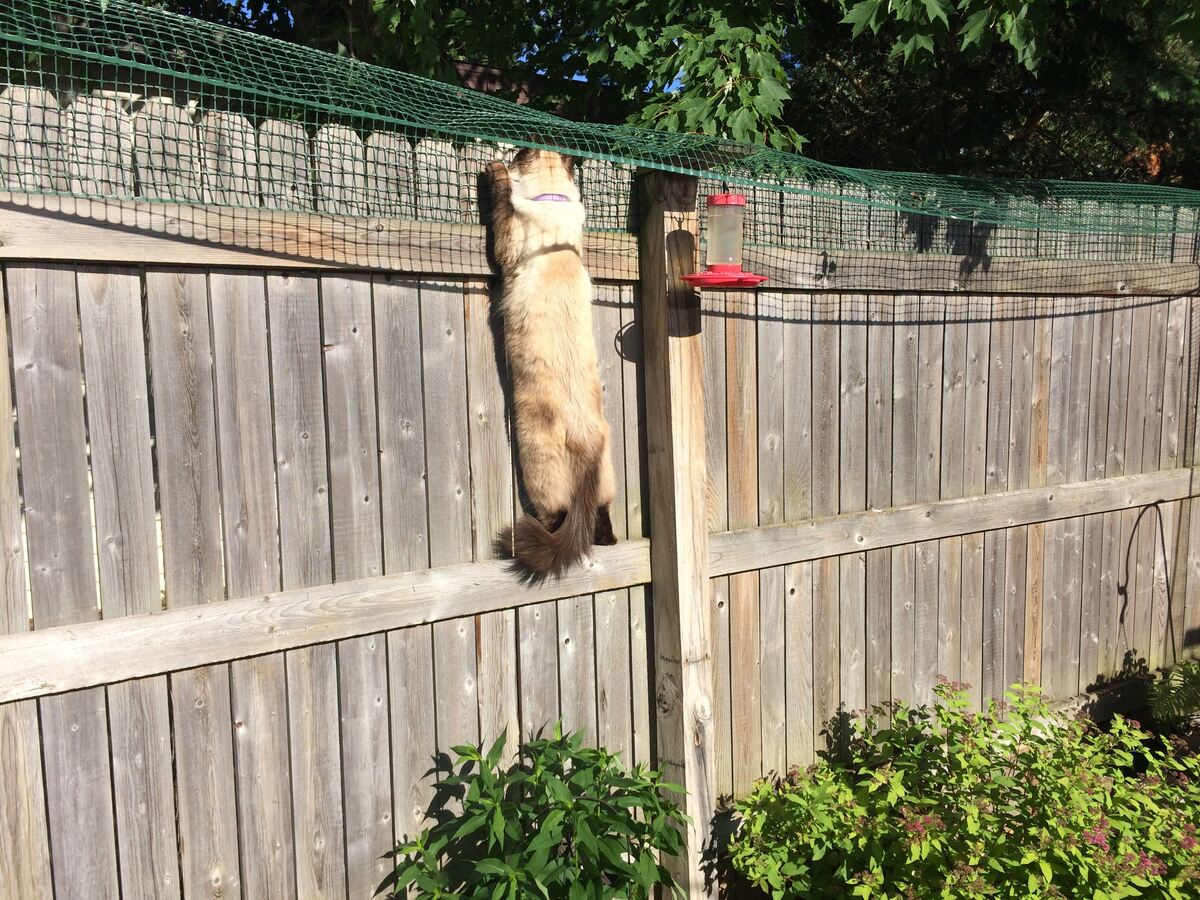

0 thoughts on “How To Keep Cats Off Your Porch Furniture”